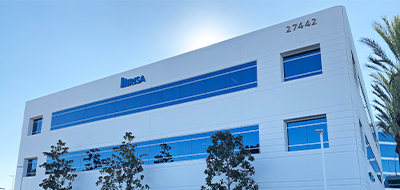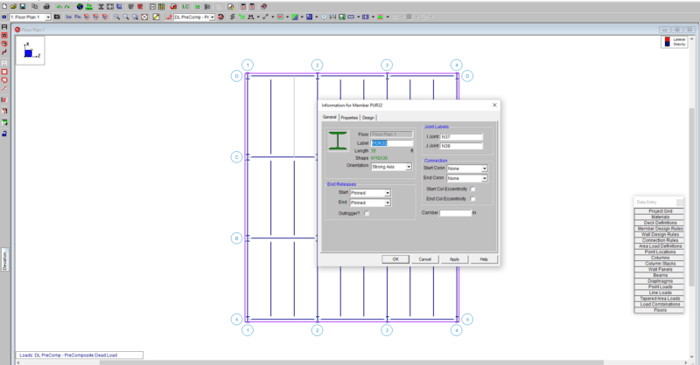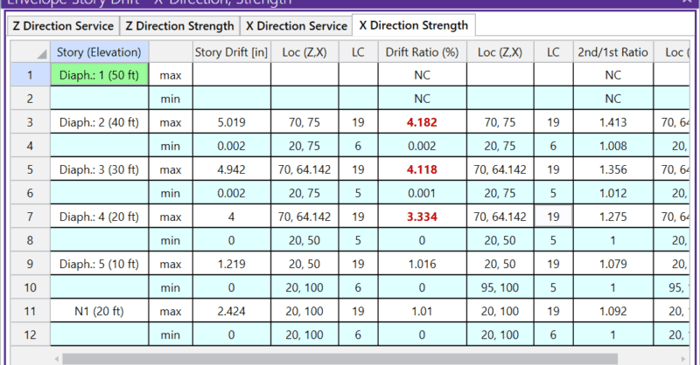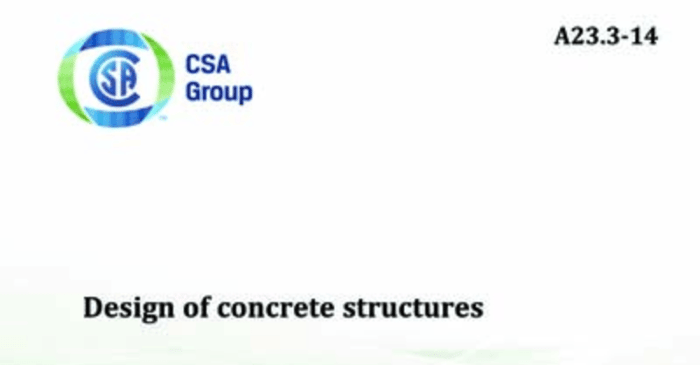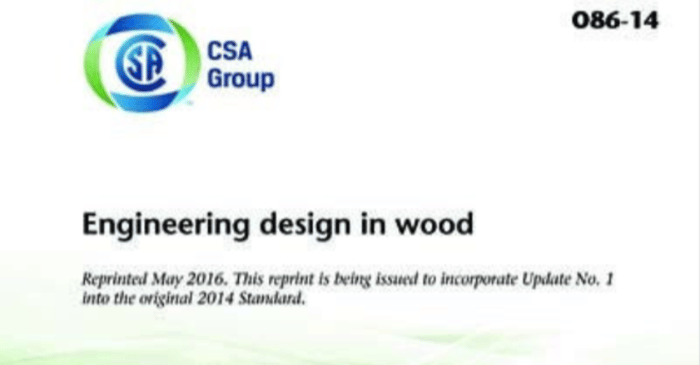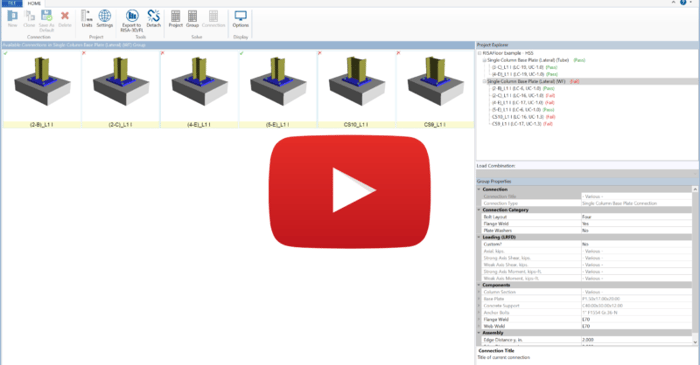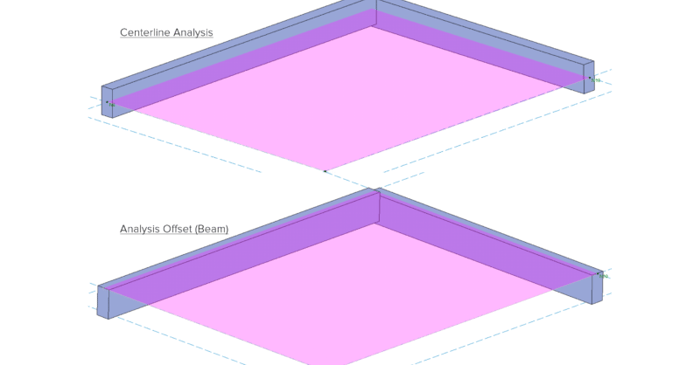
September 13, 2017
Vertical Slab and Beam Offsets
In RISAFoundation, you can add a vertical offset for slabs or beams. Traditionally, RISA uses centerline analysis which aligns all elements at their centerline. This is a common structural analysis assumption as the loads will get transferred to the centerline even if there is difference in the...



